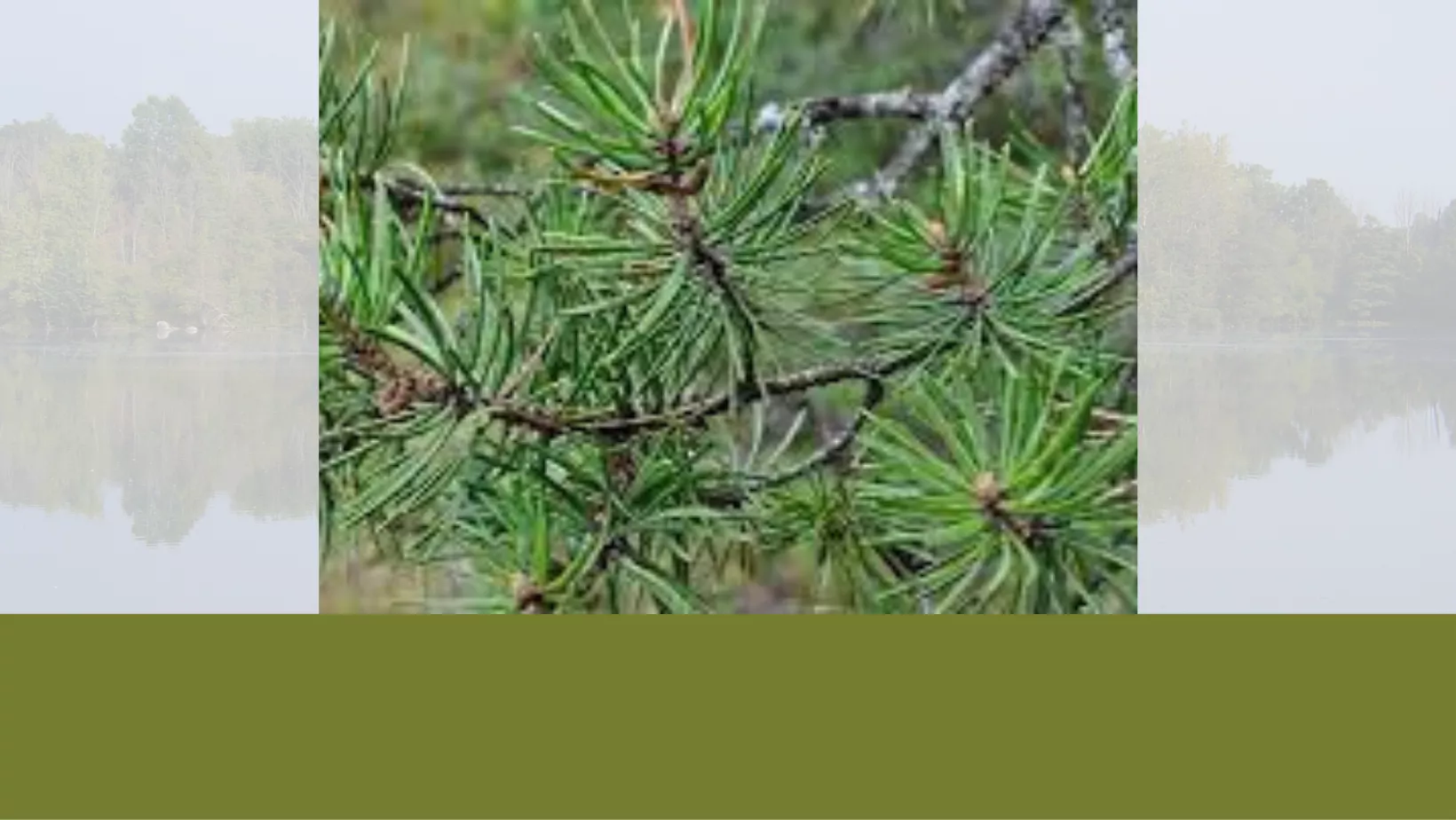Tree Identification: Jack Pine – Pinus banksiana
Of all the tree species out there, the Jack Pine is not usually among everyone’s favorites. It tends to look a little “shabbier” than what you would see in a well-maintained Red Pine stand, and it definitely is not as majestic as a mature White Pine. Having said that, the Jack Pine is actually a very interesting tree species. It has the ability to grow and thrive in very poor soil conditions that most trees would not excel in. Another one of its unique traits is that in order for it to successfully reproduce its pine cones it must be exposed to a very intense heat. This is why Jack Pines are very common among areas that have been exposed to wildfires.

The Jack Pine is native to Canada, areas south of the Great Lakes, and the northern New England region. Its habitat is usually very dry and consists of sandy upland forests and savannas. The needles on this tree are the shortest of all the Pine species. They grow in bundles of two that have a slight twirl to their shape. The pine cones, the fruit of the tree, are 1-2 inches long once they mature after two years. These pine cones stay closed up and sealed until they are in the presence of intense heat – like a wildfire.
The Jack Pine is also a benefit to many species of wildlife. White-tailed deer and snowshoe hairs routinely feed on its saplings. Many other small critters such as red squirrels, chipmunks, and mice collect and consume its seeds for food. The Jack Pine may not be the most widely appreciated tree species, but it has many interesting attributes and also serves as a benefit throughout the ecosystem.
– Kate Handberg, Environmental Assistant/Staff Forester







